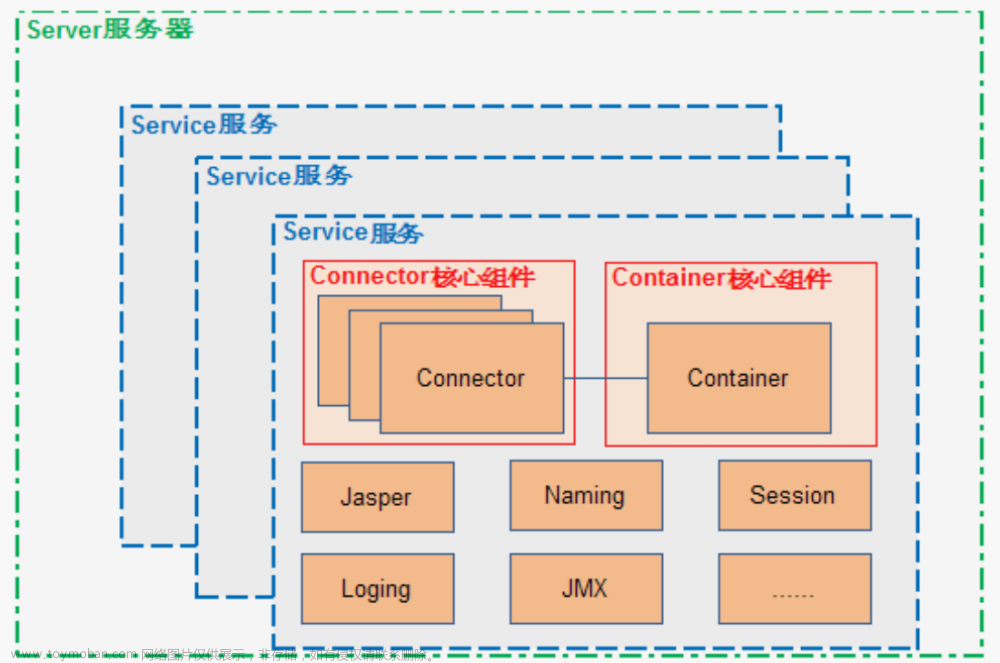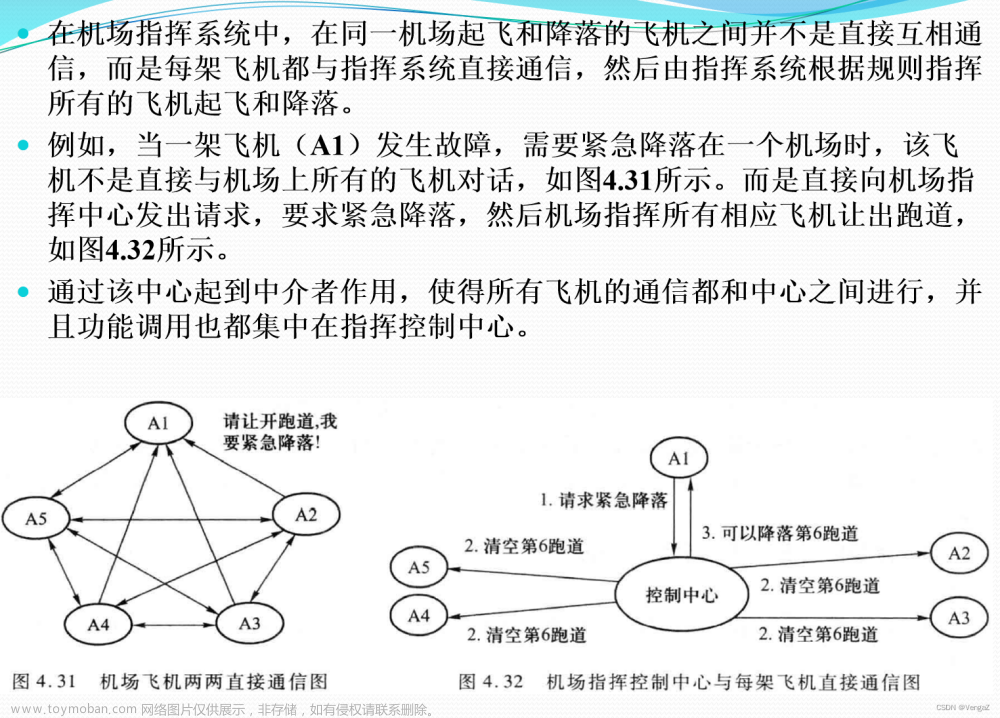Worker-Thread模式类似于工厂流水线,有时也称为流水线设计模式。线程池在某种意义上也算是Worker-Thread模式的一种实现,线程池初始化时创建线程类似于在流水线等待工作的工人,提交给线程池的Runnable接口类似于需要加工的产品,Runnable的run方法相当于组装该产品的说明书。Worker-Thread模式需要如下几个角色:
-
流水线工人:对传送带上的产品进行加工
-
流水线传送带:用于传送来自上游的产品
-
产品组装说明书:用于说明该产品如何组装
Worker-Thread模式中生产线保存了在处理中的产品,并且是启动生产线的线程后,生产线启动若干数量的流水线工人线程 ,生产线聚合了产品和工人。生产者消费者模式是单纯的依赖关系,生产者和消费者都依赖产品队列,生产者和消费者是相互不知道。 文章来源:https://www.toymoban.com/news/detail-758693.html
示例代码如下:文章来源地址https://www.toymoban.com/news/detail-758693.html
public abstract class InstructionBook {
protected abstract void firstProcess();
protected abstract void secondProcess();
public final void create() {
this.firstProcess();
this.secondProcess();
}
}public class Production extends InstructionBook{
private final int productId;
public Production(int productionId) {
this.productId=productionId;
}
public int getProductionId() {
return this.productId;
}
@Override
protected void firstProcess() {
System.out.println("execute the "+this.productId+" first process");
}
@Override
protected void secondProcess() {
System.out.println("execute the "+this.productId+" second process");
}
}import java.util.concurrent.ThreadLocalRandom;
import java.util.concurrent.TimeUnit;
public class Worker extends Thread{
private final ProductionChannel channel;
public Worker(String workerName, ProductionChannel channel) {
super(workerName);
this.channel=channel;
}
public void run() {
while(true) {
try {
Production production=this.channel.takeProduction();
System.out.println(getName()+ " process the "+production.getProductionId());
production.create();
TimeUnit.SECONDS.sleep(ThreadLocalRandom.current().nextInt(5));
} catch (InterruptedException e) {
// TODO Auto-generated catch block
e.printStackTrace();
}
}
}
}import java.util.ArrayList;
public class ProductionChannel {
private final ArrayList<Production> productionQueue=new ArrayList<>();
private int total=20;
private final Worker[] workers;
public ProductionChannel(int workerSize) {
this.workers=new Worker[workerSize];
for(int i=0;i<workerSize;i++) {
workers[i]=new Worker("Worker-"+i,this);
workers[i].start();
}
}
public void offerProduction(Production production) {
synchronized(this) {
while(total<=this.productionQueue.size()) {
try {
System.out.println("processing production id="+production.getProductionId()+" , in waiting state");
this.wait();
} catch (InterruptedException e) {
// TODO Auto-generated catch block
e.printStackTrace();
}
}
System.out.println("processing production id="+production.getProductionId());
this.productionQueue.add(production);
this.notifyAll();
}
}
public Production takeProduction() {
synchronized(this) {
while(this.productionQueue.size()<=0) {
try {
System.out.println("processing to fetch production, while in waiting state");
this.wait();
} catch (InterruptedException e) {
// TODO Auto-generated catch block
e.printStackTrace();
}
}
this.notifyAll();
Production p=this.productionQueue.get(0);
this.productionQueue.remove(0);
return p;
}
}
}import java.util.concurrent.ThreadLocalRandom;
import java.util.concurrent.TimeUnit;
import java.util.concurrent.atomic.AtomicInteger;
import java.util.stream.IntStream;
public class WTtest {
public static void main(String[] args) {
ProductionChannel channel=new ProductionChannel(5);
AtomicInteger pid=new AtomicInteger();
IntStream.range(1, 8).forEach(i->new Thread(()->{
// while(true) {
channel.offerProduction(new Production(pid.getAndIncrement()));
try {
TimeUnit.SECONDS.sleep(ThreadLocalRandom.current().nextInt(5));
} catch (InterruptedException e) {
// TODO Auto-generated catch block
e.printStackTrace();
}
// }
}).start());
}
}到了这里,关于Worker-Thread设计模式的文章就介绍完了。如果您还想了解更多内容,请在右上角搜索TOY模板网以前的文章或继续浏览下面的相关文章,希望大家以后多多支持TOY模板网!





![[HTML]Web前端开发技术11(HTML5、CSS3、JavaScript )页面布局设计 “三行模式”或“三列模式”“三行二列”“三行三列”模式 多行多列复杂模式水平导航菜单——喵喵画网页](https://imgs.yssmx.com/Uploads/2024/02/787720-1.png)






